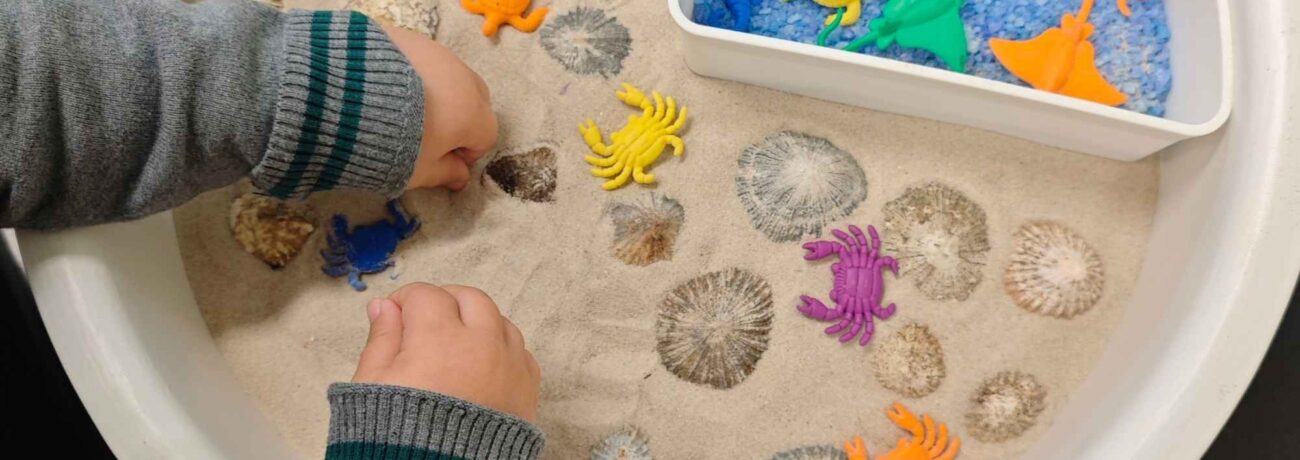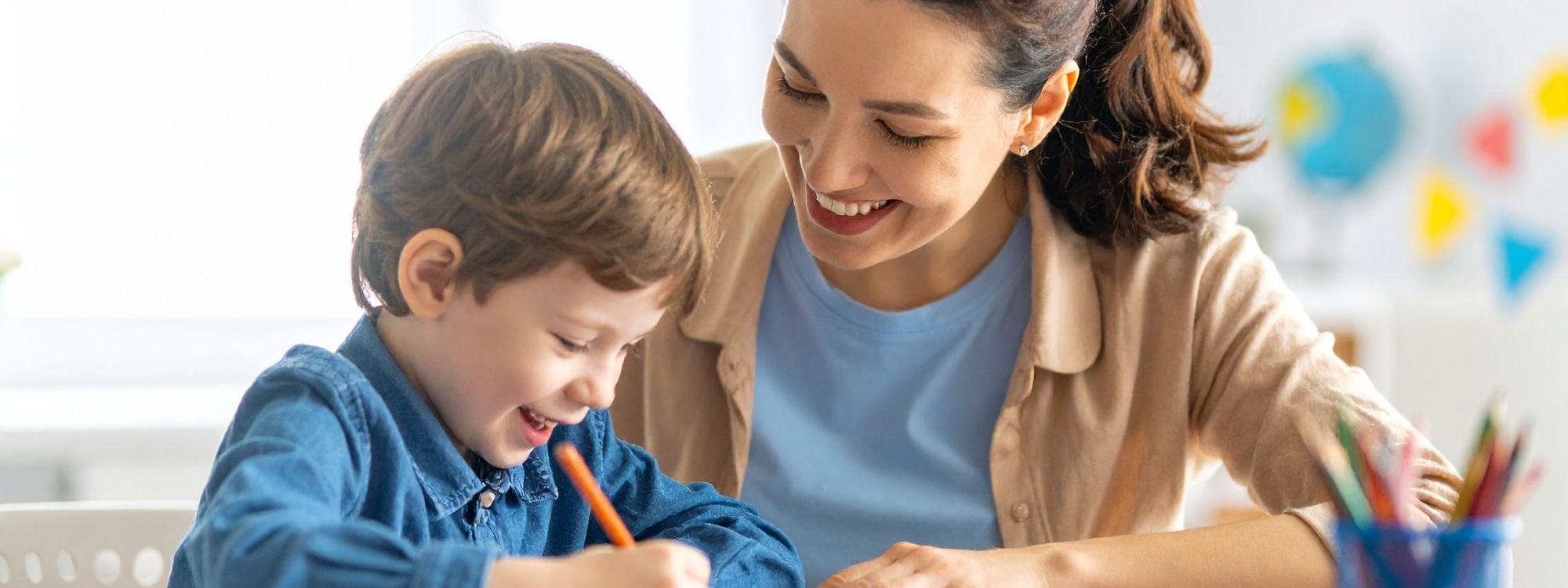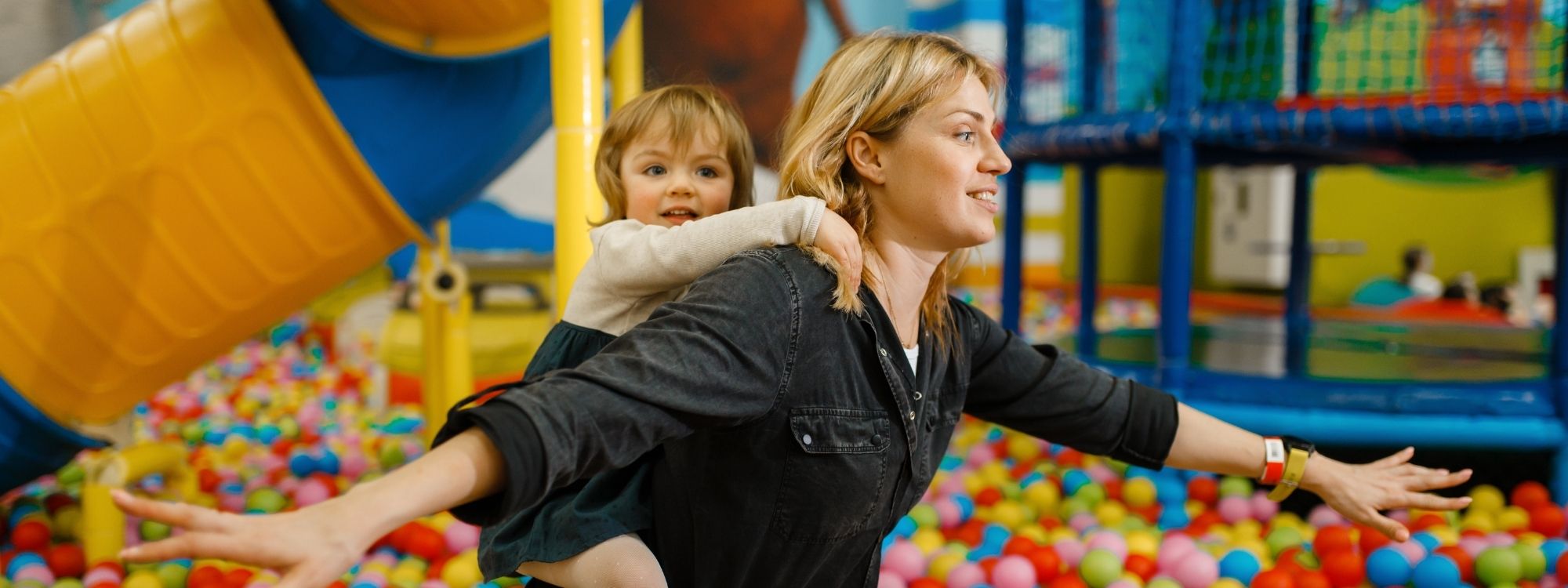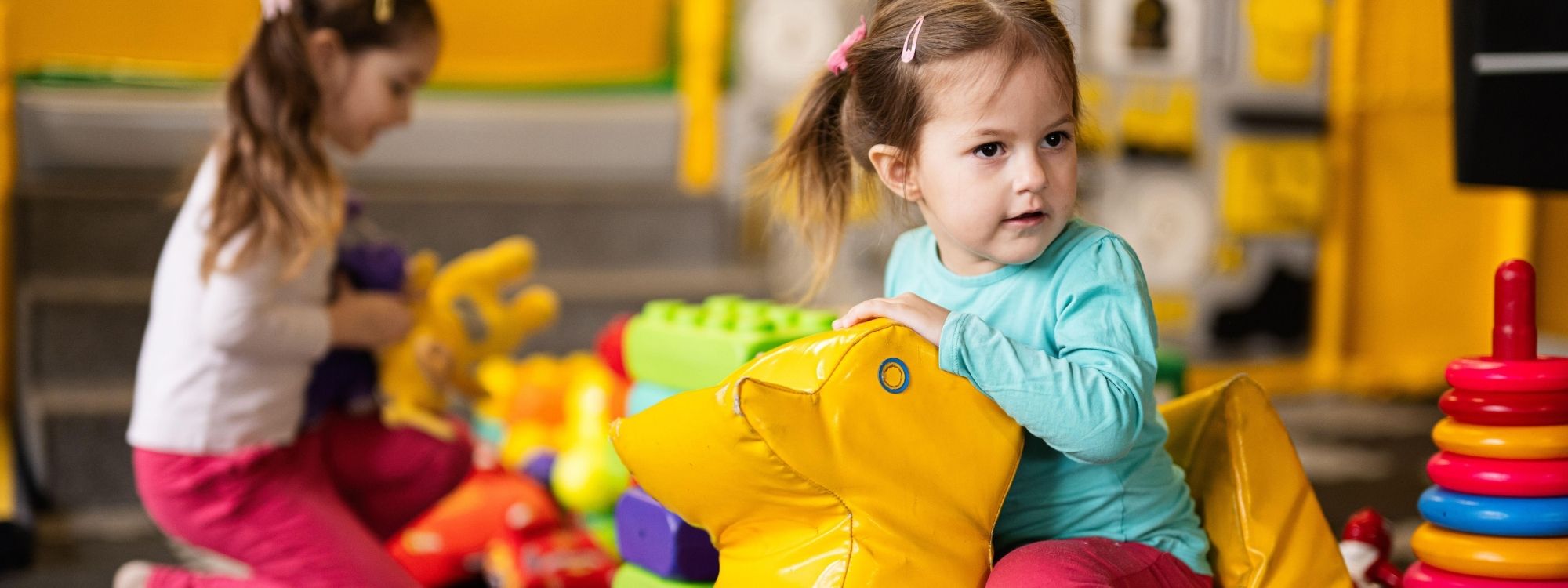For many families raising children on the autism spectrum, communication, learning, and daily routines can be affected by sensory processing differences. Children with autism often respond to sensory input such as sounds, textures, movement, or light in unique ways. These differences can make everyday tasks like getting dressed, focusing in school, or participating in social activities more challenging. This is why parents in Connecticut, Massachusetts, and Colorado often look for sensory integration exercises and activities for autism that can improve focus, reduce meltdowns, and help their child succeed in daily life.
Sensory integration activities provide structured sensory experiences that help children regulate emotions, develop fine and gross motor skills, and practice self-regulation strategies. These activities may target multiple sensory systems, including tactile, vestibular, proprioceptive, auditory, visual processing, and occupational therapy. When incorporated consistently, they create meaningful opportunities for children to adapt, learn, and engage more effectively in their environments.
At Champions ABA, we recognize that every child’s sensory needs are unique. Our Center-Based ABA Therapy Services integrate sensory activities into individualized treatment plans. Guided by board-certified behavior analysts and supported by collaboration with occupational therapists, families receive structured, evidence-based strategies that connect sensory play with meaningful developmental progress.
What Are Sensory Integration Activities for Autism?
Sensory integration activities are structured exercises and play-based strategies that provide children with controlled sensory input. The goal is to help children with autism spectrum disorder process sensory information more effectively and develop adaptive responses. These activities can include anything from jumping on a therapy ball to playing with different textures like cotton balls or finger paint.
Children with autism may be over-responsive to sensory stimuli, such as reacting strongly to loud noises, or under-responsive, meaning they seek additional stimulation through movement or touch. Sensory integration therapy and exercises give them a safe, predictable environment to practice processing these experiences. When combined with ABA therapy, sensory activities become part of a broader approach to building functional communication, self-regulation, and social interaction skills.
Families in Stamford, Denver, and Boston-area communities often find that sensory integration helps children with autism feel calmer, more engaged, and better able to participate in school and daily routines.
Why Sensory Integration Matters for Autism
Sensory-based interventions are not just fun play opportunities; they have measurable benefits supported by occupational therapy and applied behavior analysis research. Systematic reviews have shown that structured sensory activities can have a positive effect on attention, behavior, and learning outcomes for children with developmental disabilities.
Key benefits include implementing safety measures for effective sensory integration activities :
- Promotes self-regulation: Deep pressure activities like weighted vests or weighted blankets help calm the nervous system.
- Supports motor development: Vestibular stimulation from swings or trampoline play improves balance, coordination, and postural control.
- Enhances communication and social skills: Music therapy and rhythm-based activities strengthen auditory processing skills and encourage social engagement.
- Improves daily function: Structured sensory breaks reduce meltdowns and increase focus in school and at home.
By embedding sensory strategies into a child’s daily routine and activities, families can create consistent sensory opportunities that promote relaxation, skill-building, and active engagement.
Effective Sensory Integration Activities for Autism
The best sensory integration activities provide children with both stimulation and calming input in a fun, safe, and controlled environment. These activities can be tailored to each child’s sensory profile and comfort level.
| Activity | Sensory System Targeted | Example | Benefit |
|---|---|---|---|
| Sensory bins | Tactile input | Rice, beans, textured beads | Builds fine motor skills, promotes focus |
| Swinging/trampoline | Vestibular system | Hammock swing, therapy swing, mini-trampoline | Improves balance, postural control, and coordination |
| Weighted blankets/lap pads | Proprioceptive input | Weighted blanket during rest time | Promotes relaxation and reduces sensory overload |
| Music and rhythm | Auditory processing | Clapping games, drumming, music therapy | Supports language rhythm, engagement, and auditory skills |
| Visual play | Visual processing | Light tables, bubble tubes, and color sorting | Strengthens hand-eye coordination and visual tracking |
Tactile Activities
Children often explore the world through touch. Activities like finger painting, using playdough, or playing with cotton balls allow children to explore different textures in a safe way. These exercises encourage fine motor skills and help desensitize children who may be sensitive to certain textures.
Vestibular Activities
The vestibular system controls movement and balance. Activities such as swinging in a hammock swing, jumping on a trampoline, or rocking on a therapy ball give children the stimulation they need to develop balance and coordination.
Proprioceptive Activities
Proprioceptive input helps children understand body awareness and positioning. Heavy work activities such as pushing, pulling, carrying weighted objects, or doing wall push-ups are fun ways to improve motor skills and self-regulation.
Auditory Activities
Children with autism may struggle with auditory processing skills, making it difficult to tolerate or interpret sounds. Rhythmic activities like drumming, clapping, or guided music therapy sessions provide controlled auditory stimulation from various sounds that support language development and communication.
Visual Activities
Visual supports and play help children process and respond to sensory information. Using visual schedules, bubble tubes, or light-up toys creates active engagement while improving attention and visual tracking.
Choosing the Right Sensory Activities for Your Child
Not every child benefits from the same activities, which is why personalization is essential. A child who avoids certain textures may need gentle tactile activities to increase comfort, while a child who constantly seeks movement may benefit from vestibular exercises like swinging or jumping.
When selecting activities, consider:
- Sensory seeking vs. sensory avoiding: Does your child seek out certain stimuli or avoid them?
- Child’s comfort level: Start with activities your child enjoys and gradually introduce new ones.
- Integration into daily life: Activities should be practical and easy to embed into routines at home or in school.
Board-certified behavior analysts and occupational therapists can provide guidance through diagnostic evaluations to identify the sensory strategies that best fit your child’s profile.
Tracking Sensory Progress at Home and School
Tracking progress ensures sensory activities are helping your child meet goals. Parents and teachers can monitor changes such as improved focus, fewer meltdowns, or increased participation in group activities.
Simple methods include:
- Tally how often your child initiates sensory breaks.
- Observing changes in self-regulation after specific activities.
- Recording improvements in hand-eye coordination or fine motor skills.
At Champions ABA, therapists help families learn how to collect this information practically. This allows sensory integration to remain consistent and effective across home, school, and therapy environments.
Conclusion
Sensory integration activities for autism are more than fun; they are tools for building communication, motor skills, and addressing sensory processing disorder, while also boosting confidence in everyday life. From sensory bins and weighted blankets to swings and music therapy, these strategies provide the structured input children need to thrive across environments.
At Champions ABA, we combine ABA therapy, sensory-based interventions, and parent collaboration to create strategies that are practical, measurable, and child-centered. Families in Connecticut, Massachusetts, and Colorado trust our team to deliver structured support in homes, centers, and community settings. Contact Champions ABA today to schedule a consultation and learn how sensory integration activities can be part of a personalized plan to help your child thrive.
FAQs
What are the sensory integration techniques for autism?
Sensory integration techniques are structured activities that target specific sensory systems, such as touch, balance, and movement, to help children regulate and learn. Examples include weighted blankets for deep pressure, swings for vestibular input, and sensory bins for tactile exploration.
What are sensory activities for autism?
Sensory activities for autism include play-based exercises like finger painting, using therapy balls, or engaging with music therapy. These activities provide controlled sensory input to help children manage sensory processing differences and improve self-regulation.
What are the exercises for sensory integration autism?
Exercises include wall push-ups, yoga stretches, trampoline jumps, and heavy work activities such as carrying small weighted objects. These provide proprioceptive input, improve body awareness, and support motor skill development.
What are the activities for sensory integration therapy?
Activities may involve tactile play, vestibular stimulation like swinging, auditory activities such as rhythm games, or visual exercises like color sorting. In therapy, these are guided by professionals to ensure safety and maximize developmental benefits.



